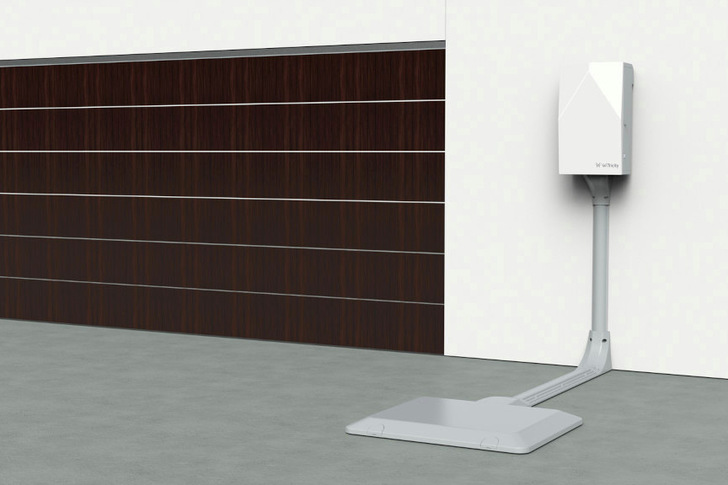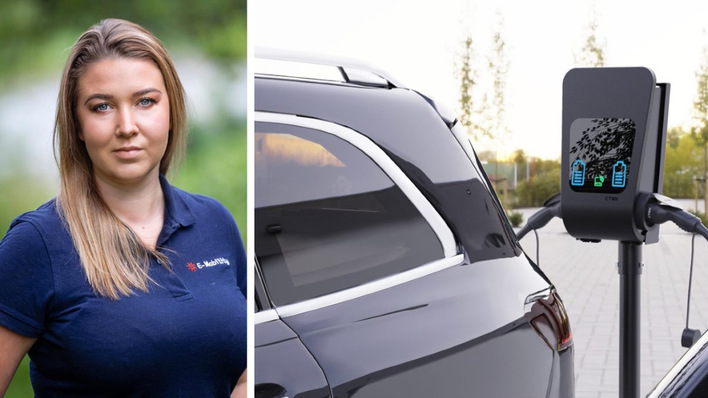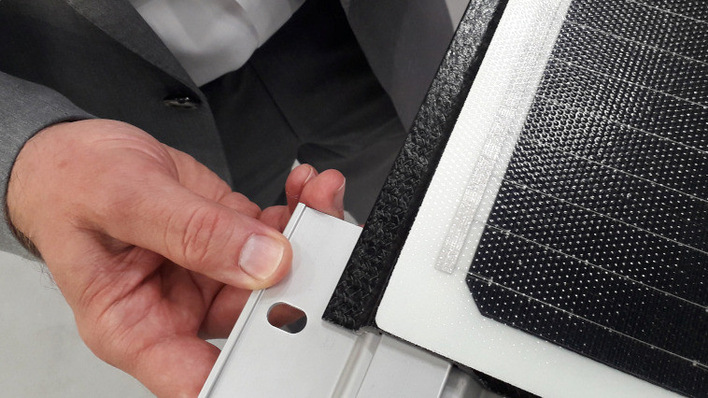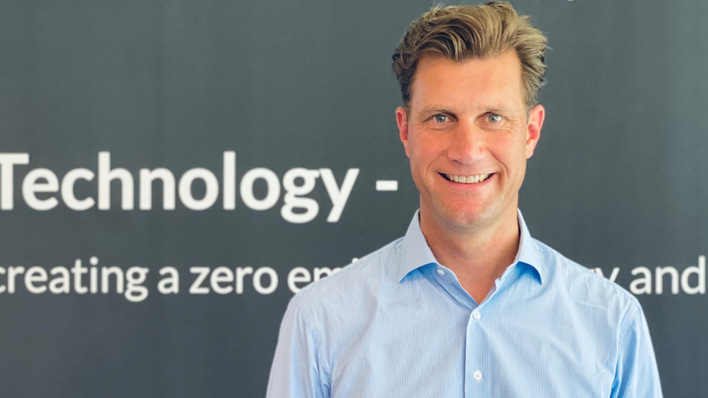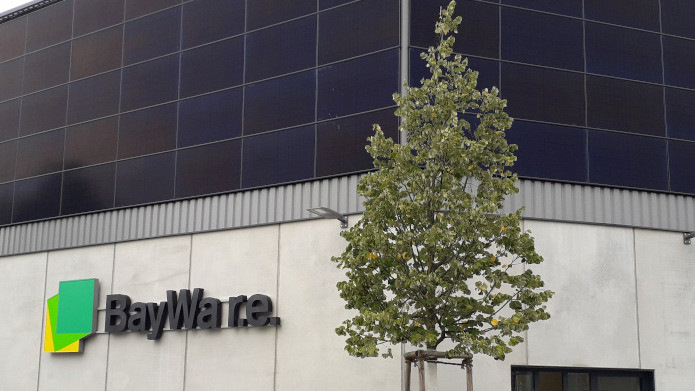A Swiss project team is investigating the possibilities for inductive charging of electric vehicles under everyday conditions. To this end, it is analysing the charging system over a longer period of time and investigating further possible applications.
After all, inductive charging is no longer a new development. It is already being used in electric toothbrushes and mobile phones. "It works on a similar principle in an electric car equipped for this purpose," explains Samuel Pfaffen, Head of Corporate Development at the energy service provider Eniwa.
Charging plate supplies the electricity
The project team is using an electric vehicle with charging technology from Witricity for its investigations. This is parked above a corresponding charging plate. This plate transfers the energy to the vehicle battery via a receiver unit in the car without the use of a charging cable.
See also: Solar folding roofs for 45 Swiss motorway service stations
Initially, the investigation will focus on retrofitting the vehicles with the prototypes of the inductive charging system and vehicle authorisation. In the second step, the project partners want to use the converted vehicles with the series product in electric car sharing. To this end, they want to set up at least six charging stations and provide the same number of vehicles. "Eniwa is still looking for additional locations and innovative partners who would like to take part in this flagship project," says Samuel Pfaffen.
Analysing user experiences
The aim is to find out what experiences users of the vehicles have with inductive charging. The project team assumes that wireless charging will increase convenience and lower the barriers to switching to electromobility.
The Institute for Sustainable Development (INE) at the ZHAW School of Engineering in Winterthur is focussing on this topic as a partner in the project. The Swiss Federal Laboratories for Materials Science and Technology (Empa) is responsible for the technical analyses. This includes comparing energy efficiency with conventional cable charging systems and testing the reliability of the inductive charging systems.
No need to plug in
Inductive electric vehicles will only be able to charge bidirectionally in the future if the system works reliably. "When the batteries are practically full, vehicles are generally not connected to the charging station. In this state, they would be predestined to temporarily make some of their energy available to the power grid," explains Samuel Pfaffen.
Also interesting: Energie 360 Grad in Switzerland receives approval for a solar facade
With wireless charging stations, there is no need for people to connect the vehicles to the charging station, which makes it much easier to access the vehicles' battery storage units. The municipal utilities alliance Swisspower, the utility Energie Thun and the supplier of electrical components Brugg E Connect are also involved in the project. (su/mfo)


